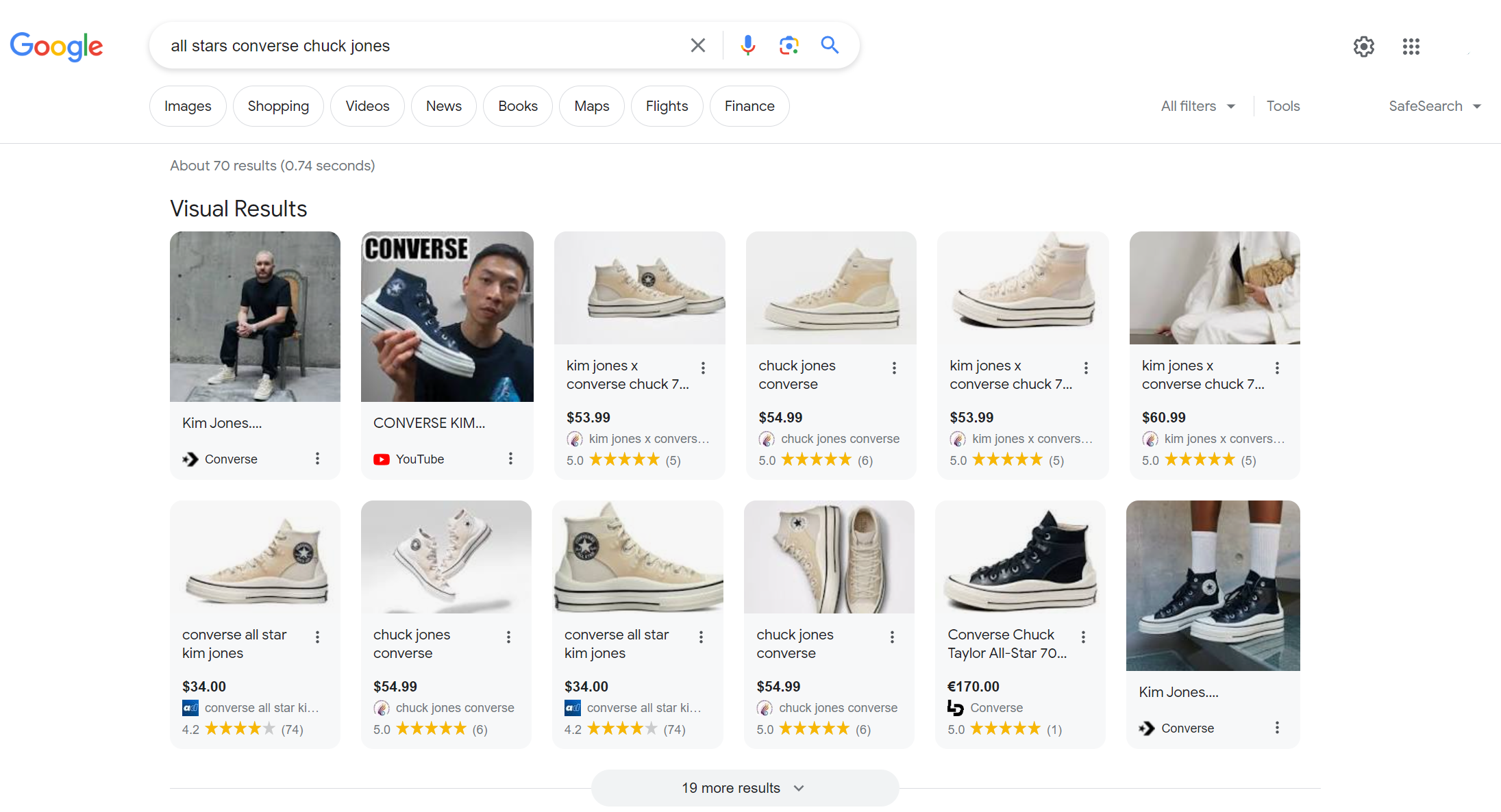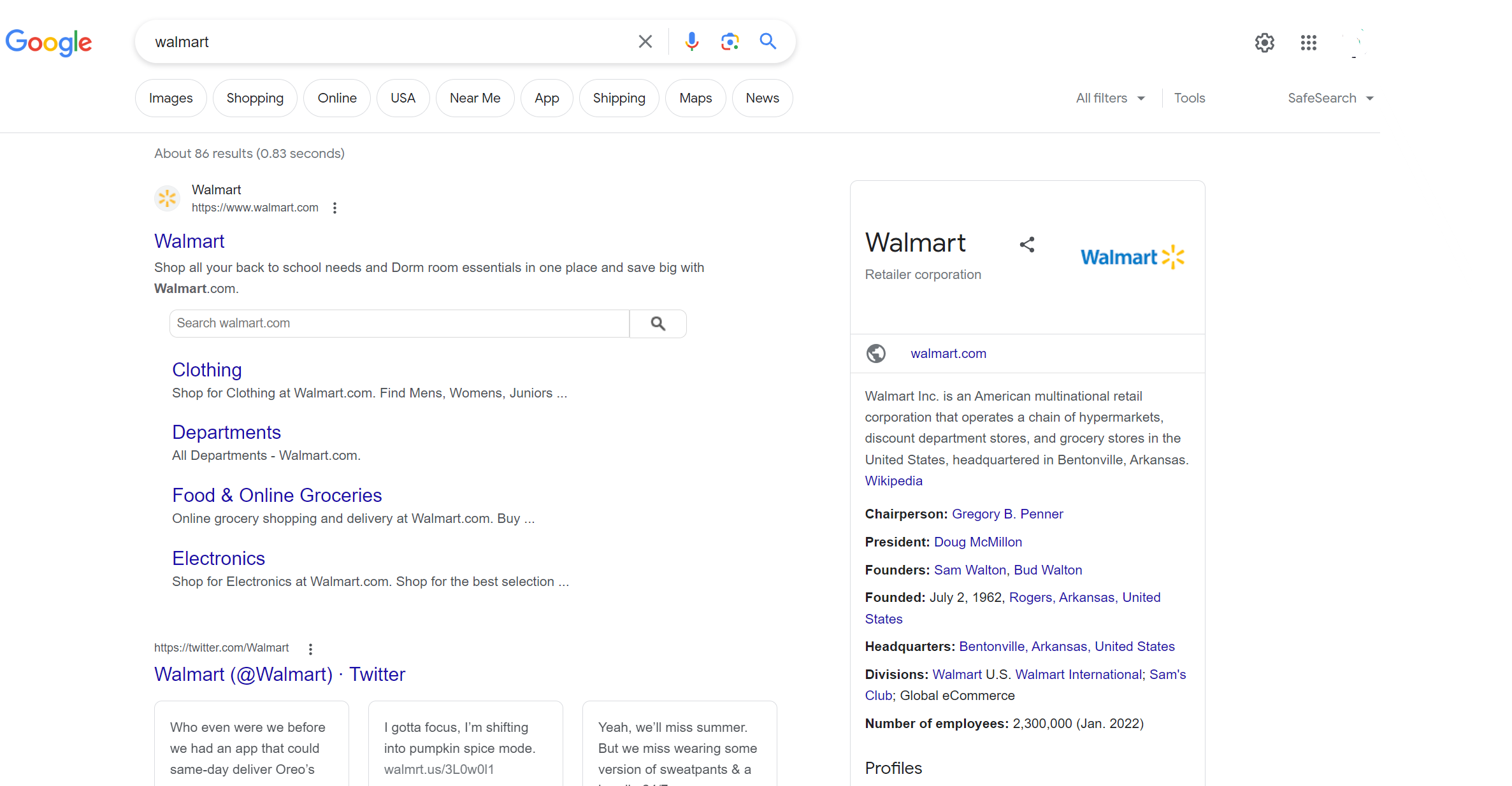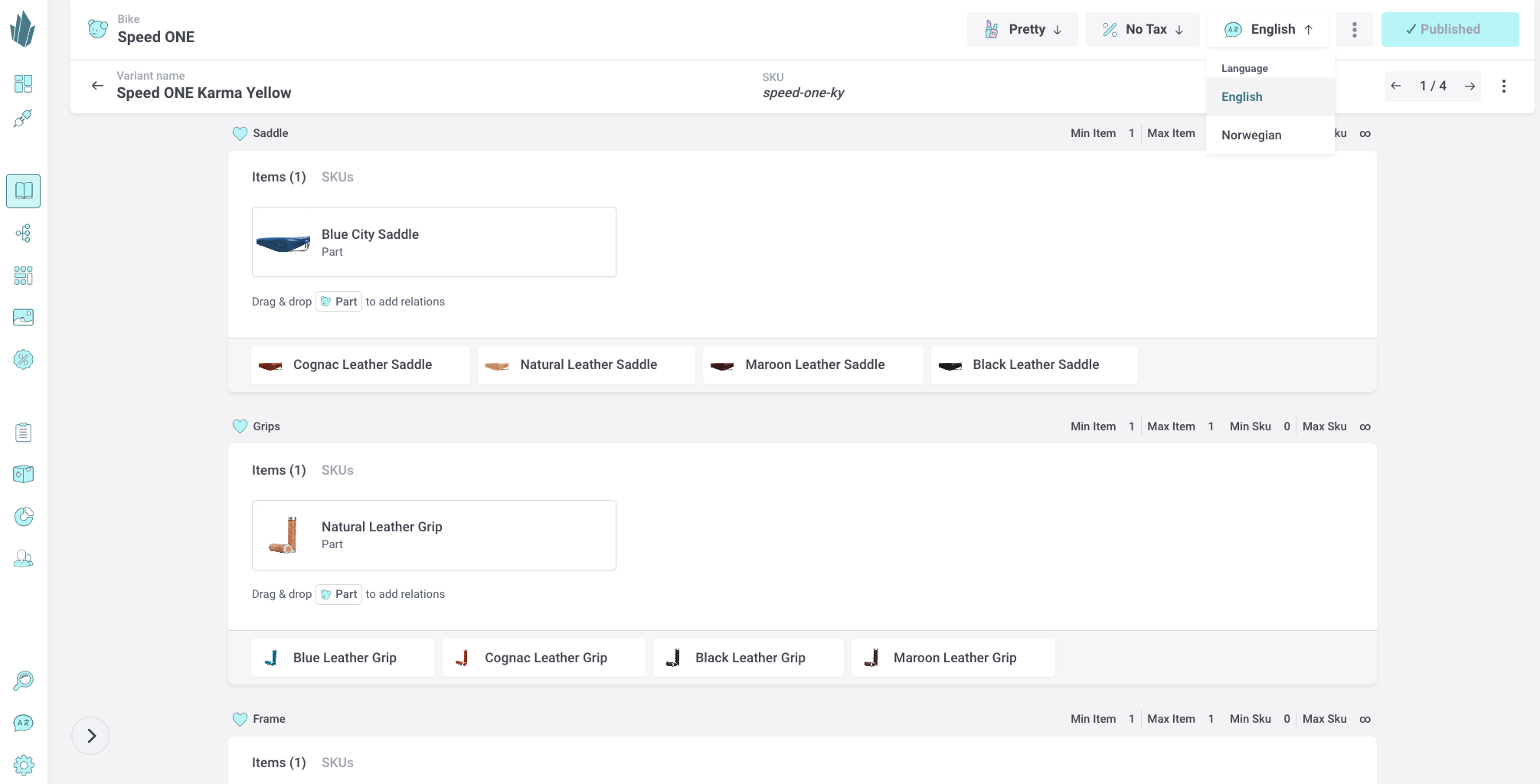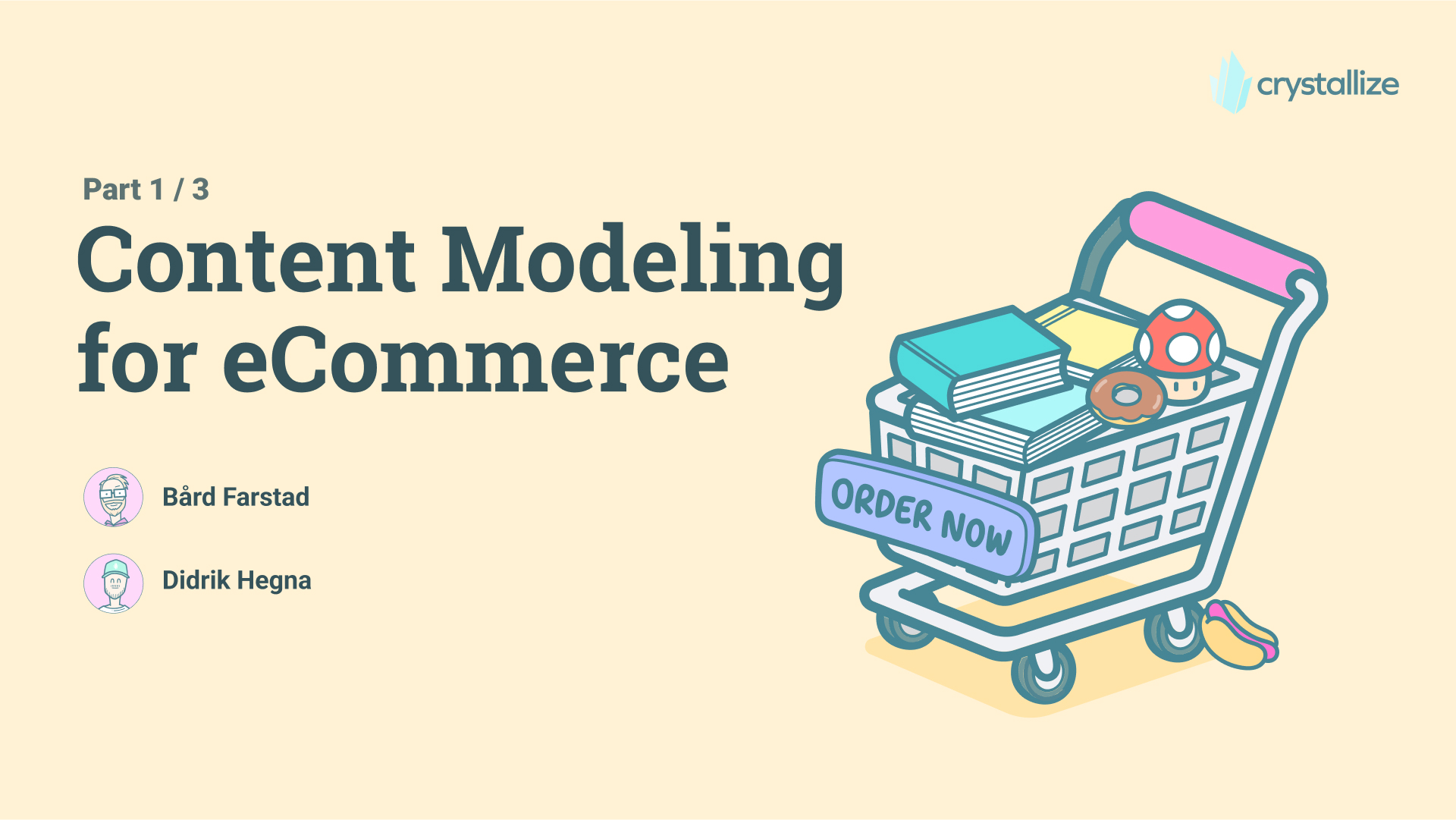Structured Content: The Key to a Successful Website
Structured content is the backbone of a successful website that allows you to do MORE with content, so it’s kind of surprising that it is still a bit too rare out in the wild🤔

According to Semrush, 50% of brands are still not using structured content. This means that the content a half of businesses out there create isn't reaching relevant people or at least isn't doing it nearly as successfully as it could be.
The online world is more crowded and competitive than ever, making it difficult to stand out and get noticed. And don't get us started with AI stuff that is published/made at a staggering rate. On top of all that, your audience's expectations are higher than ever: they want personalized, relevant, and engaging content everywhere they go online.
All this is made possible with structured content.
Structured content enables you to do more with your content. Not only does it enhance the user experience by providing precise navigation and consistency, but it also improves search engine optimization (SEO) by increasing relevance and improving ranking.
Implementing structured content on your website is becoming a crucial step to drive traffic, engage users, and achieve online success.
But first …
What is Structured Content?
Structured content organizes data in a standardized, reusable format that makes it easier to manage and distribute.
It involves breaking content down into smaller pieces, or chunks, and tagging each chunk with metadata that describes its meaning and context. By structuring content this way, it becomes more flexible and adaptable, allowing it to be repurposed across multiple channels and formats.
Characteristics of Structured Content
- It’s modular. Because the content is broken down into smaller, reusable pieces, it can be used across multiple channels, formats, and combinations.
- It’s contextualized. As mentioned above, the data chunks are tagged with metadata that describes their meaning and context. This makes them easily findable by bots and users alike.
- It’s flexible. Compared to traditional, larger pieces of content, structured data is more flexible and adaptable, meaning it can easily be repurposed and reused in various ways.
Examples of Structured Content
There is a good chance you’ve used Google before, so you’ve run into structured content on many occasions without knowing it.
If you search for a product, you will typically see Google pull from structured data and display elements such as product and reviews or the brief description snippet that appears in the search results. Additionally, ask a question, and you’ll receive rich results, such as an FAQ carousel for certain queries.

Similarly, enter the name of a company like Walmart and notice how Google assembles a knowledge panel on the right, using structured data from various sources to display information such as the company's phone numbers, stock prices, and social channels.

OK. What about the business use perspective? We’re glad you asked. Running a store in multiple languages can be a pain in the a##. Instead of making many changes by hand, structured content allows you to retain content in several languages in one database under the appropriate tag or label. You can also have different descriptions (languages) on one product page, allowing you to manipulate content any way you want.
Those are just some examples of how structured content is used, most of which will positively affect your bottom line.

Importance and Benefits of Structured Content
Let’s break down why structured content is important and how you and your business can benefit from adopting and using it.
Better Findability
On a similar note, structured content helps with the findability of data. Because the chunks are tagged with metadata, they are easier to find through search engines or any available filters.
Consistent User Experience Across Pages
Structured content can be reused across different website pages. It’s the same chunk displayed on however many pages necessary, meaning that you only have to make one edit to the chunk for it to be displayed everywhere.
Gone are the days of displaying inconsistent information throughout your website, deteriorating the user experience.
Consistent User Experience Across Channels
What is true for individual chunks on a page is true for your appearance on different marketing channels. For example, you can pick and choose which chunks to show on different channels and still keep the same UX so that your users do not notice the move from, let’s say, web browser to mobile.
Enhanced Readability and Usability
Structured content is all about breaking down the larger text into smaller pieces. By default, correct headings, subheadings, bullet points, etc., are used so the users can quickly skim through the text and find what they need when they need it instead of having to navigate through long paragraphs.
SEO Benefit: Improved Crawler Accessibility
Not only does structured content enhance readability for users but also for crawlers. This means that search engines can better understand the content on your website and rank it appropriately in the search result pages.
This means even more in case you rely on structured data to satisfy the expectations of search engines and offer content structured for them. Remember the product page example from the beginning? That’s it.
SEO Benefit: Increased Relevance and Context
Following the same logic, the users who get to your website through search engines will be more relevant, helping you sell faster or achieve any other business goals you may have set.
SEO Benefit: Higher Search Engine Rankings
Structured content tagged with metadata gives search engines a clear picture of the data that makes up your website. This makes it more likely that your website will rank higher for the appropriate -- and most of all -- relevant keywords.
SEO Benefit: Better User Engagement Metrics
When relevant users come to your website and find the information they need, your bounce rate goes down, and time on site increases. This then helps lead to higher search rankings because it signals to the search engine that your website is delivering what the users expect.
How to Structure Content for a Website?
Define the Purpose of the Website. First things first: define the purpose of your website. Are you selling a product or a service? Do you want to share your expertise on a particular topic? Or both, or something else instead?
You must have your purpose settled at the beginning to help guide your content and its structure.
Determine the Target Audience. Now that you have your website's purpose, it's time to determine your target audience.
Who is your content for? What are their interests and needs? How does your website help address them?
If you don't know where to start, don't be afraid to make hypotheses and edit your target audience along the way. But having the target audience defined will help you create relevant content, enabling you to push your business goals forward.
Content Modeling. Content modeling defines the structure of all your product information and marketing content used to market and sell your products or services. Basically, with content modeling, you decide what types of content you need (e.g., blog posts, product pages, case studies, video pages, landing pages, etc.), the structure of it, and the relationships between them.
Develop a Content Strategy and Choose a Platform. With your purpose, target audience, and content models in mind, it's time to develop a content strategy.
This includes determining what types of content you will create, how often you will create content, and who will be responsible for creating and managing the content. Once you have a content strategy in place, you'll need to choose a platform, eCommerce platform, or a content management system (CMS) to help you structure and manage your content.
There are many platforms available, each with its strengths and weaknesses. Some popular CMS options include WordPress, Drupal, and Squarespace, while eCommerce are Shopify, Magento, commerce tools, and Crystallize. However, the architecture of your platform may be even more important than the solution itself.
For example, structured content works best with a platform relying on headless architecture simply because it delivers on all the promises structured data makes.
With headless commerce or CMS solution, your structured data can be reused across your website and any other channel you connect it through via APIs, making for an incredible, unified experience.
Be that as it may, due to the underlying complexity, it can definitely be overkill for some businesses, so it's best that you first talk to your team of web developers before delving further into this territory.
🧸Content Modeling with Structured Content.
At Crystallize, we take pride in our content modeling capabilities. Have a look at our docs for more on content modeling with structured content or (why not?) have a look at our three-part livestream sessions on content modeling, starting with this one👇

Recap of the Importance of Structured Content
As the internet grows even faster and new devices increasingly get online, getting your content in front of the right sets of eyes will become even harder. That’s where structured content comes into play, helping you future-proof your business.
With it, you can increase the efficiency of creating and managing content. Because it is easily repurposed, you can significantly reduce the time and effort needed to create new content.
Whatmore you’ll be ensuring consistency across your website (and any other channels you may opt to use), thereby increasing user trust, improving the user experience, and ultimately raking in more revenue.
Finally, your target users can easily navigate your website, find what they need, and leave with a smile on their faces, ensuring user engagement and loyalty.
In addition to the users, search engines will also like your website. You’ll rank higher, your content will be more readily available, and it will be served to the right people.
Sure! It may take time to implement, and it’s not the easiest of tasks, but it’s definitely a worthwhile investment.
We excel at content modeling capabilities. Seriously, we do!
START building for FREE with Crystallize, or schedule a 1-on-1 demo so we can show you if and how Crystallize content modeling capabilities fit your use case.

